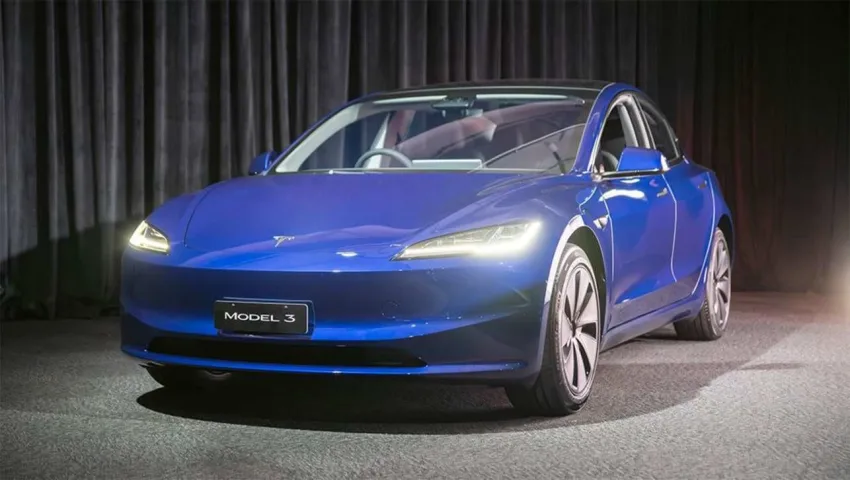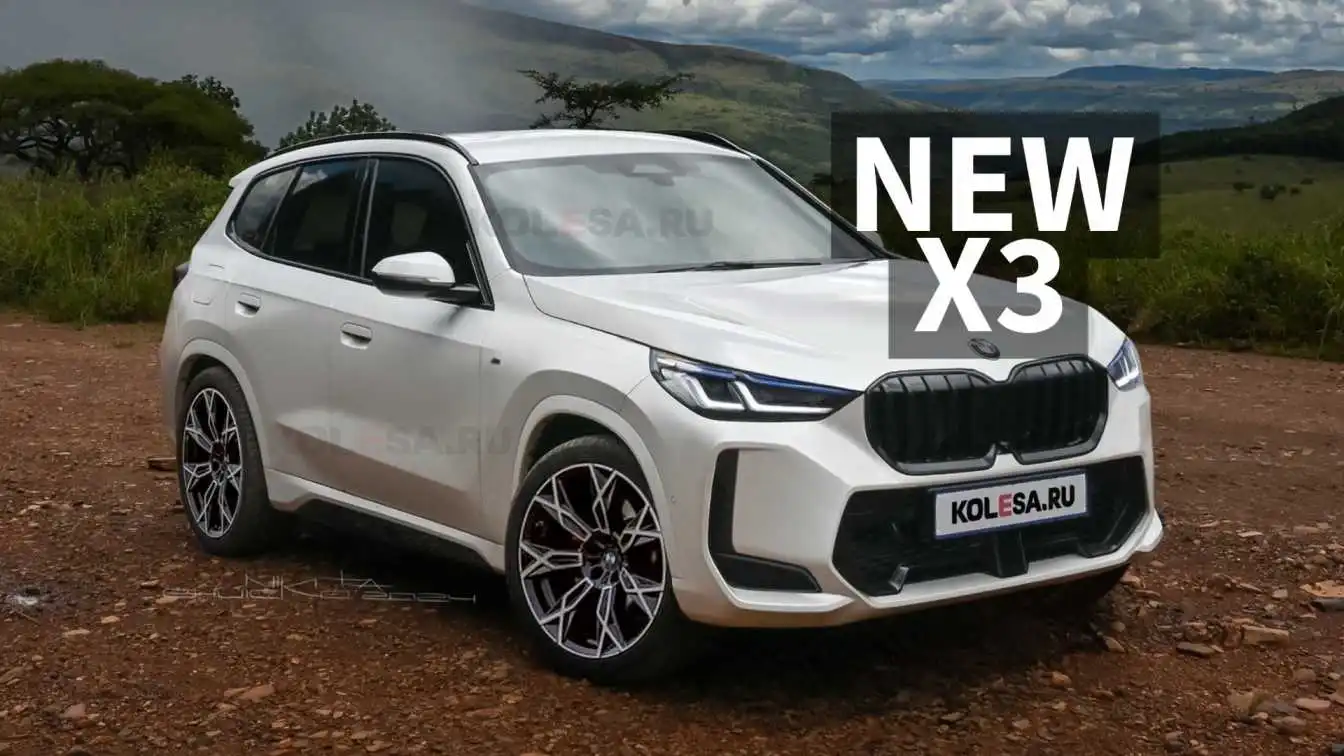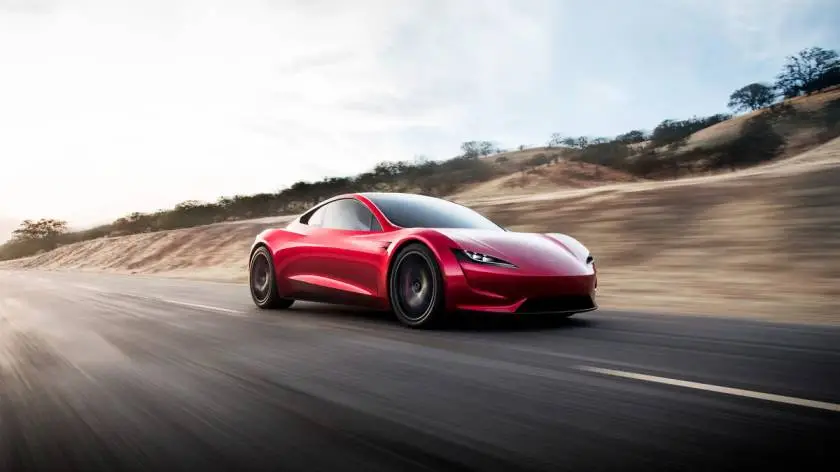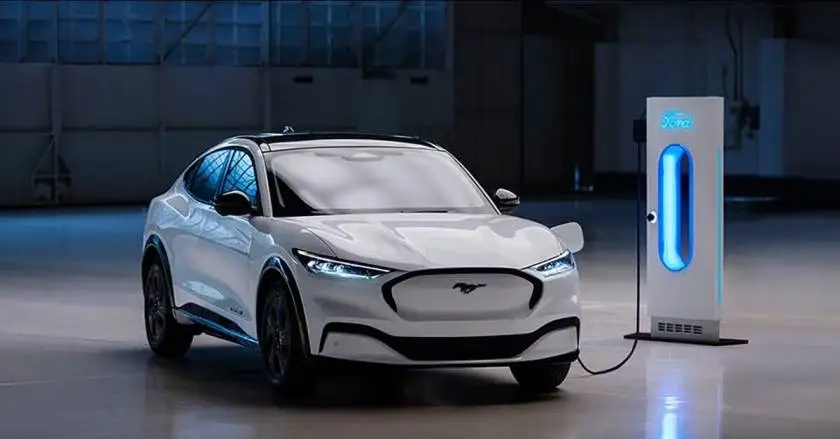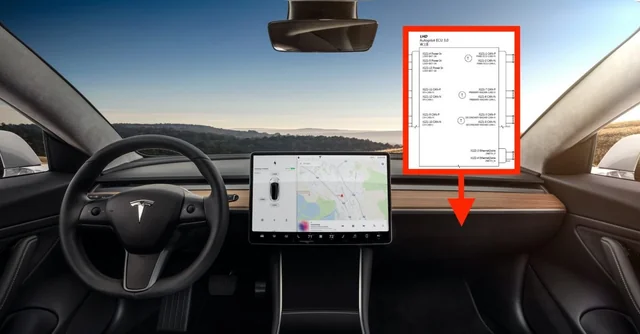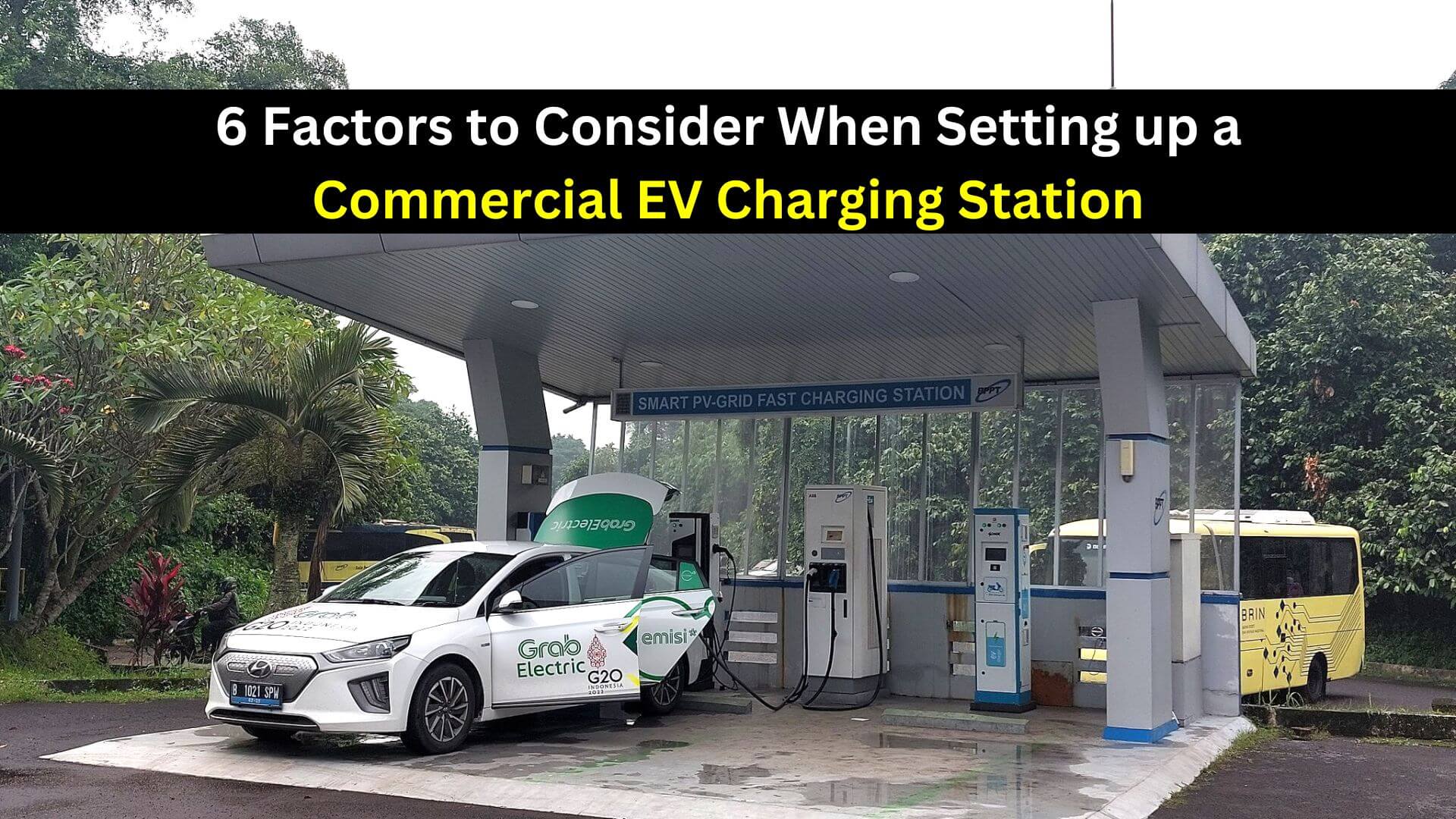
India has reached a crucial junction of sustainable energy as well as sustainable transportability. The government aims to unzip zero stat emissions in energy generation and reduce the share of fossil fuel-generated electricity.
The focus is moreover on making mobility in India sustainable by raising electric vehicles and other sustainable ways of transportation. The government is planning and supporting EV-related activities through various policies.
Growth of the EV Industry:
At present, there are well-nigh 1.4 million electric vehicles running on the road in India. The majority of them are electric rickshaws. However, the growth of personal electric vehicles is showing a steep increase. In the financial year 2018-19, EV registrations rumored for less than 1% of the total new vehicles registered in India.
This share of EVs has grown to well-nigh 4% by the financial year 2022 and the icon continues to rise rapidly. With the rapidly rising personal EVs, the demand for charging stations is moreover increasing. At present well-nigh 2000 electric charging stations are spread wideness increasingly than 200 cities in India, with Delhi at the helm with increasingly than 90 charging stations.
The leading providers of the charging stations are- TATA Power, Magenta Power- Tuition grid, Fortum India-Charge & Drive, Volttic, Ather Energy & Ather Grid.
With the rate at which EVs share on Indian roads increasing, it is unscientific that India needs increasingly than 50,000 electric charging stations by the year 2030. While the focus on developing a increasingly cost-efficient and energy-efficient vehicle is primary, it is upper time to start thinking of providing electric vehicle users with ways to tuition their vehicles through a ways that lies in line with the sustainable goal of the nation.
New charging stations are stuff built wideness the nation to enable EV users to travel longer distances with their EVs while they stop and tuition at these charging stations.
The necessary infrastructure required for these charging stations requires upper investments and suitable manpower. Contrary to the upper wanted forfeit required, the possible revenue streams seem to be bleak. The current number of EVs on road is limited and long-distance EV travelers are plane lesser.
Thus, it becomes crucial to determine the locations of the charging stations to maximize the customers and thus bring increasingly revenue to the operator. Several elements need to be analyzed when planning the charging station and its related infrastructure–
Following are the 6 factors to consider when setting up a commercial EV charging station:
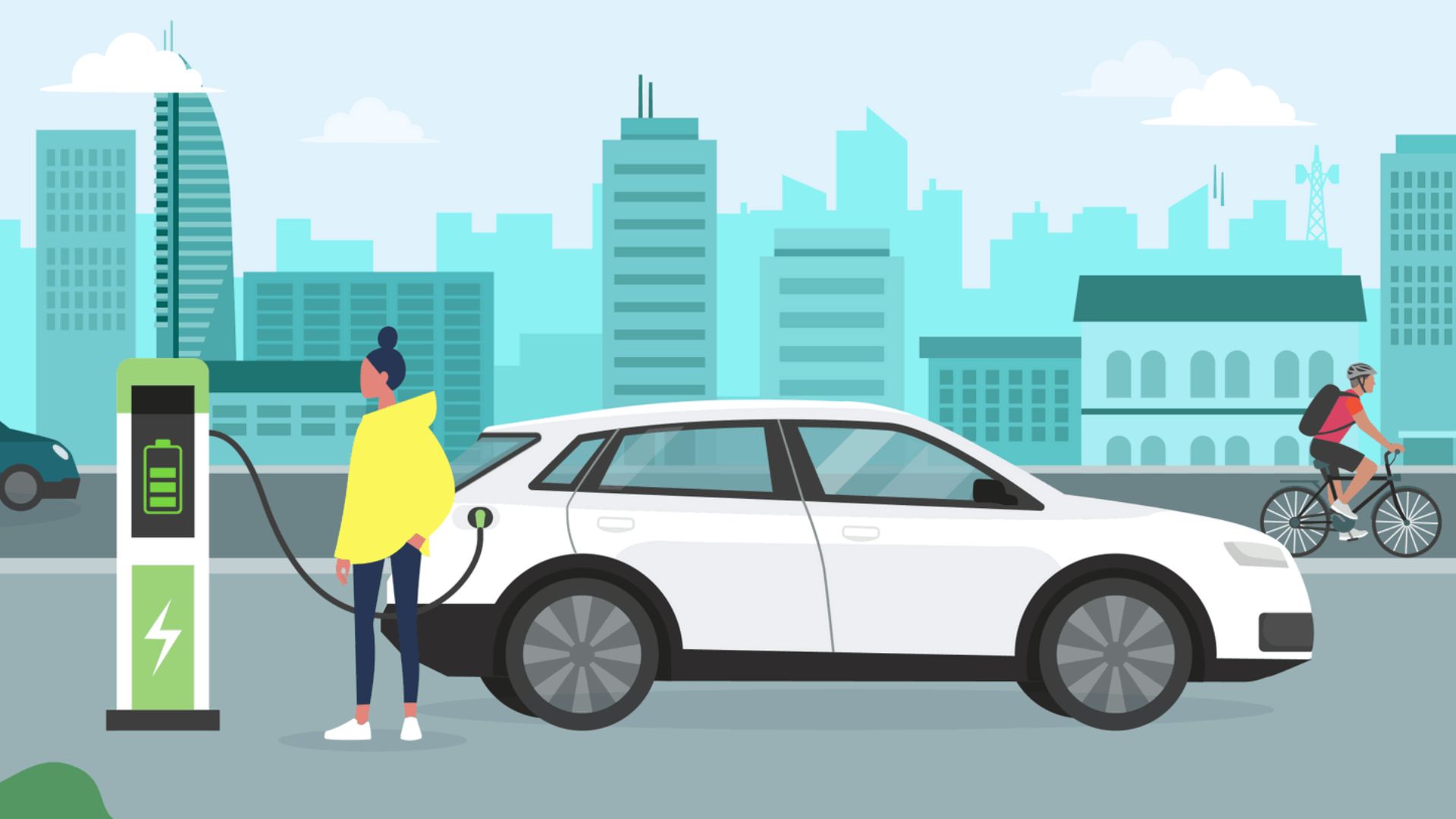
- Location of Charging stations
- Charging Time required for a vehicle
- Waiting time
- Cost of charging per vehicle
- Charging technology used
- Source of electricity
Location of EV Charging Stations
The 1st nomination for the charging point for EV owners is their respective homes where they plug in their vehicle when it is idle surpassing or without the journey. This is the most preferred charging point due to its convenience. The 2nd preferred point is the location of the workplace. The owners may plug in their vehicle when they reach their work so the vehicle is ready for the return journey later.
Charging stations becomes necessary when undertaking intercity or long-distance travel. These stations are the synonym for the fuel stations for IC engine vehicles. EV owners may tuition their EVs in these stations by paying a specific value of money. The selection of the station depends on shorter detours the people need to take from their original path and sometimes the availability of some leisure activities to spend time while the vehicle charges.
Charging Time Required for a Vehicle to Charge
The time required for the vehicle to be completely charged for the onward journey moreover affects the visualization of the owner to use a particular charging station or not.
Various vehicles have their specific charging input requirements. The charging stations need to provide facilities to cater to the need of all kinds of vehicles. If the specific charging requirement is not met, the time for charging the vehicle increases.
Waiting Time While Charging an EV
The greatest wholesomeness of an IC engine-based vehicle is its near-to-zero refueling time. On the other hand, for an EV the vehicles may be needed to wait for the vehicle in front to tuition completely surpassing their turn. This constraint may be handled by increasing the number of charging outlets at the charging station.
However, it cannot be increased infinitely as it increases the wanted investment needed. People prefer to use stations where they need to wait lesser.
An interesting survey shows that people tend to use charging stations where the waiting time is less plane if the total charging time is somewhat higher. This shows that people prioritize less waiting time over total charging time.
Cost of Charging an EV
The ultimate goal of using an EV is to save on the forfeit of the operations. This is expressly true for people using EVs to travel longer distances.
Thus the forfeit of charging becomes important. The charging station provider needs to set the prices such that it helps maintain the operational wholesomeness of an EV.
The charging station provider may squint for other auxiliary and innovative ways to get money from the users. For instance, they may use the station to provide some leisure services food, or PVR for the customers while they wait for their vehicles to charge.
The spending on these may remoter increase the income from the station.
Types of Charging Technology Used
Charging technology was initially not given unbearable sustentation when developing the EV infrastructure by EV innovators. However, the increasing spread of EVs has forced innovators to innovate the charging technology to help EVs imbricate its disadvantage of long charging time.
A newer innovation is the use of inductive charging. The wholesomeness of using wireless inductive charging is that it does not require any moving part to be tying or uninfluenced from the EV for charging.
The technology however comes with the constraint of its low efficiency. Similar technologies are stuff explored wideness the world and progress is made daily toward a better, faster, easier-to-use, and increasingly efficient charging technology.
Most Important: the Source of Electricity
The sustainable side of using an EV is the main reason for its increasing popularity wideness the globe and the support of various governments. The EV may not use non-renewable energy to run but it still uses electricity that is still stuff popularly generated using non-renewable sources like coal and petroleum.
At present 60% of India’s electricity is generated from coal-based plants (Source). The charging station providers need to explore unorganized sources of electricity for charging.
Solar-generated electricity can be used withal the state-provided electricity at the stations, which may remoter be improved to wilt self-sufficient and carbon-neutral. here’s read increasingly on the Implementation of EV Charging Using Solar & wind Energy.
A subconscious wholesomeness of using sustainable electricity at the stations is that it may help the station to proceeds popularity and vamp increasingly customers as well as investments from investors and potential subsidies from the government.
Policy Recommendations
The charging station owner needs to assess the supra factors in detail while planning the charging station. Specifications like standards of the grid used, types of EV to service, and charging method to be used need to be explored depending on the market expectations of the zone the charging station is stuff set up. Understanding the needs and perspectives of EV owners is crucial.
The priorities need to be set earlier to come up with the weightier model to get maximum income for the owner both in the short-run as well as in the long run.
By executive the prices of charging at the charging stations the congestion at the station may be controlled. The EV owners are sensitive to the price of charging and by increasing the prices it is possible to reduce congestion.
On the other hand, by providing unbearable incentives to the owners, the number of customers to a charging station can moreover be increased.
The government is moreover pushing along the battery-swapping policy which may be spoken without remoter deliberations. Battery swapping can be an important service that the station may provide. The EV owners may segregate between swapping or charging their batteries.
The post 6 Factors to Consider When Setting up Commercial EV Charging Station appeared first on E-Vehicleinfo.



